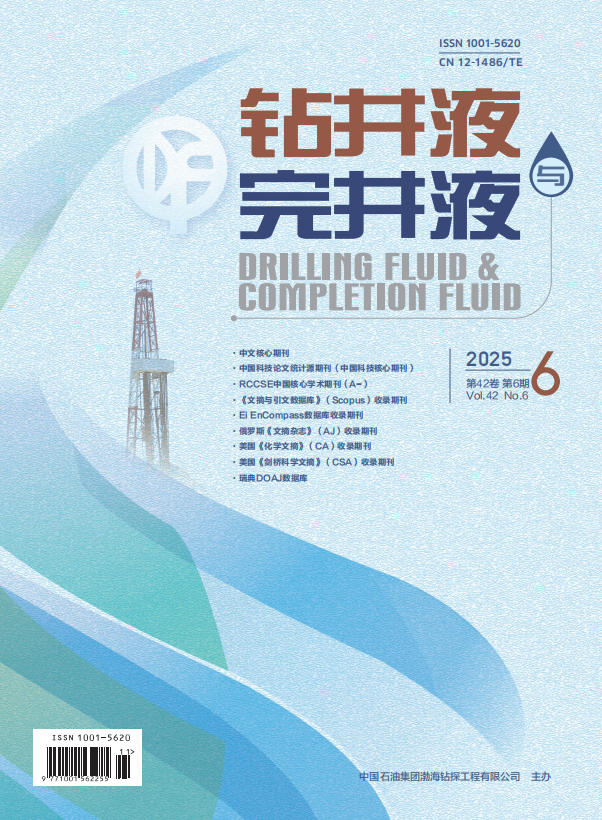Online First
Articles in press have been peer-reviewed and accepted, which are not yet assigned to volumes/issues, but are citable by Digital Object Identifier (DOI).
Display Method:
, Available online
Abstract:
, Available online
Abstract:
, Available online
Abstract:
, Available online
Abstract:
, Available online
Abstract:
, Available online
Abstract:



